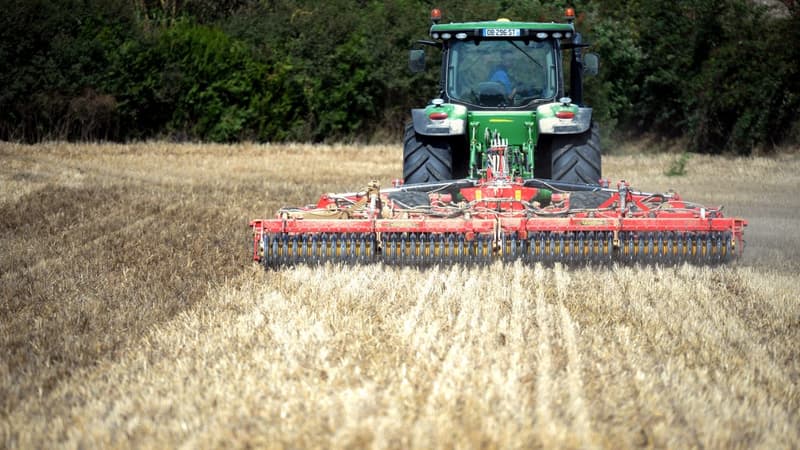The war in Ukraine reminded us: when it comes to fertilizers, Europe can hardly avoid Russia. Whether we are talking about nitrogen or potash, raw materials or finished products, the world’s largest country remains one of the world’s fertilizer giants.
If imports from Russia almost dried up in the first months after the outbreak of the war in Ukraine, “they have resumed since the end of last year,” explains Nicolas Ferenczi, head of international affairs at the General Association of Wheat Producers (AGPB). ) .
Europe manufactures part of its fertilizers, but it is far from being enough to cover its needs. At the outbreak of the conflict, Russia sold it a large part of the nitrogenous fertilizers used in its fields, but also substantial volumes of ammonia, the basic ingredient of these same fertilizers -derived in turn from natural gas, another resource of which Russia abounds-.
Not to mention that the Russians and Belarusians, their closest allies, account for 40% of the world’s potash trade. The latter is another pillar of the nitrogen-phosphorus-potassium (“NPK”) triptych, the main elements needed for plant growth, other than oxygen – most mineral fertilizers contain one or more of these elements.
Algeria, Egypt, Qatar
Other producing countries have been able, since the start of the war, to curry favor with the Europeans, but without being able to fully counteract Russia. Among them we find Algeria, Egypt or Qatar, and even the small Caribbean state of Trinidad and Tobago, an important supplier of nitrogen solution. In addition, “the sanctions had established a ceiling on purchases, and not a clean cut, which left time to stock up” on fertilizers, in particular ammonium nitrate, adds Quentin Mathieu, head of economics at the Agricultural Cooperation.
In reality, the situation is still very vague. “We still don’t have enough hindsight to have a clear enough view,” says Quentin Mathieu. Especially since the Ukrainian conflict has destabilized a fertilizer market already shaken by the health crisis, with a supply unable to meet demand due to the strong economic recovery. Fertilizer prices started to skyrocket from the beginning of 2021. And if prices started to fall, the market is still fragile.
Already before the war, faced with the very sharp increase in the price of natural gas, European manufacturers were forced to drastically reduce their production of fertilizers: natural gas represents 80% of the production cost of ammonia, the base ingredient of nitrogen fertilizers. . In September 2022, 70% of European production was closed. Manufacturing has since restarted, but some factories are still not running at full capacity and Europe is still far from full output: 20-30% of European capacities are still idle.
Demand is also more modest than usual. As prices soared, some farmers planted more crops that require less fertilizer, such as rapeseed or sunflower (more motivated by rising vegetable oil prices). Above all, many have preferred to reduce the amounts of fertilizer on their fields. According to figures from the Union of Fertilization Industries (Unifa), deliveries of mineral fertilizers in France fell by 24% for the 2022-2023 campaign compared to the previous campaign.
water hydrolysis
“For the 2021-2022 campaign, the repercussions were finally limited, because the fumigation was almost finished” when the war in Ukraine began, explains Quentin Mathieu.
The field fertilization period will begin in a few weeks and continue through April. However, less fertilizer in the fields, this would translate into lower yields, and therefore a drop in the volume of production, if the weather conditions are not favourable.
In the short term, Russia and its fertilizers remain essential. “Europe is incapable, today, of being self-sufficient,” says Nicolás Ferenczi. For phosphorus or potash, it is definitely impossible, due to lack of resources on European soil. It is in the longer term that we could remedy it with nitrogen fertilizers.
Some European manufacturers, such as the Norwegian giant Yara, rely on the production of nitrogen from the hydrolysis of water, and no longer from gas. The cost of production is much higher, but high gas prices make this technology increasingly attractive. However, all this is still in the experimental phase and, above all, requires a lot of electricity, another current European problem.
Source: BFM TV


